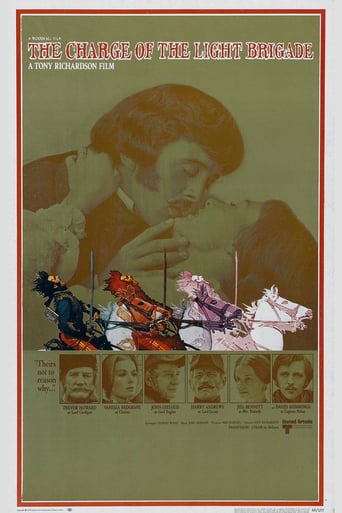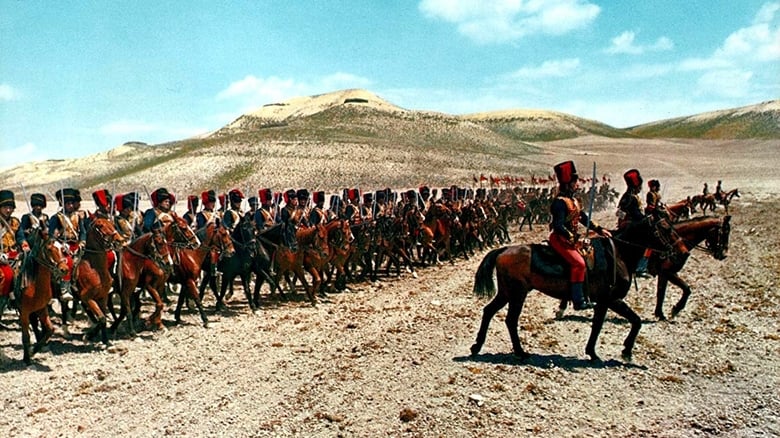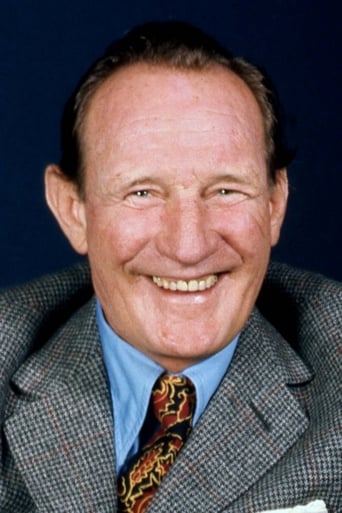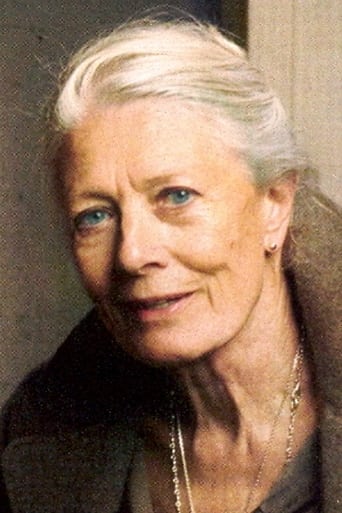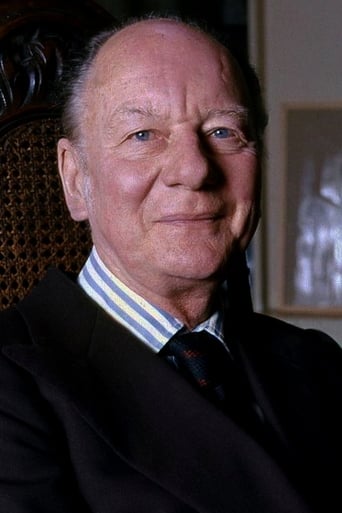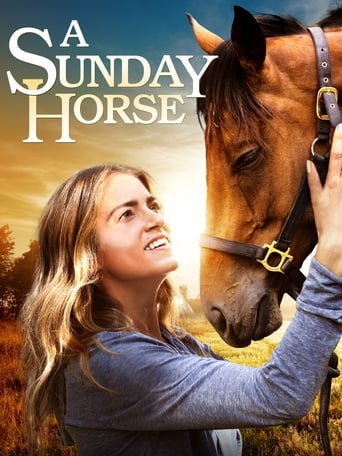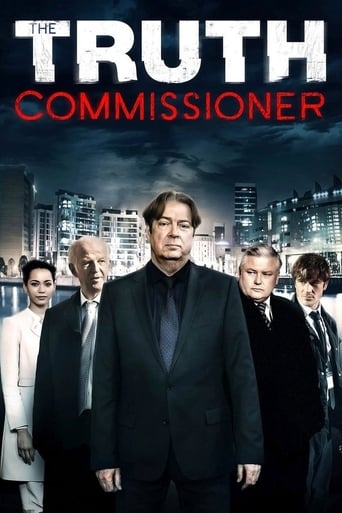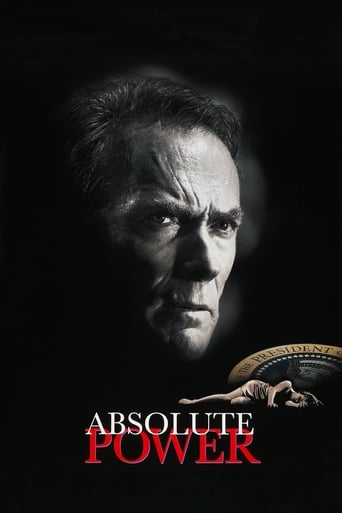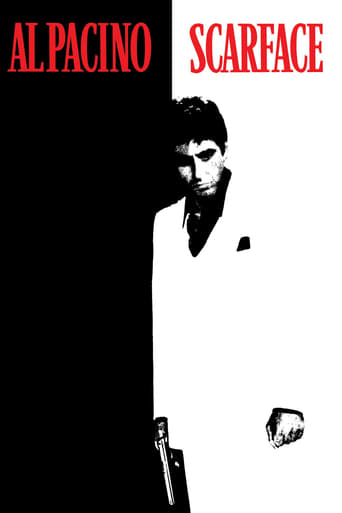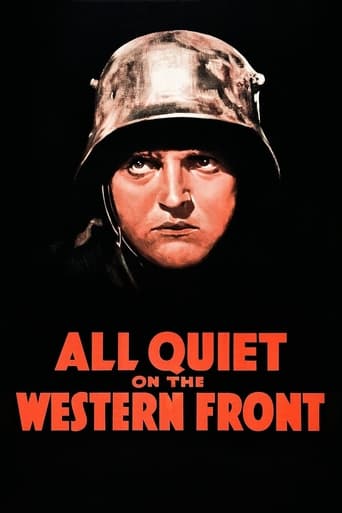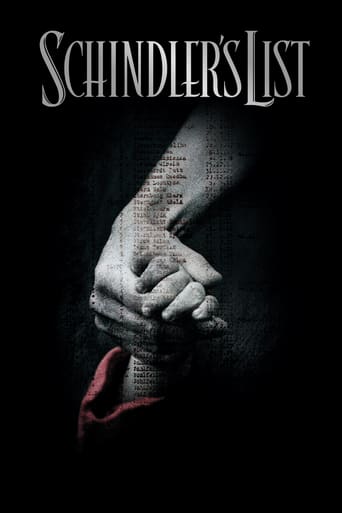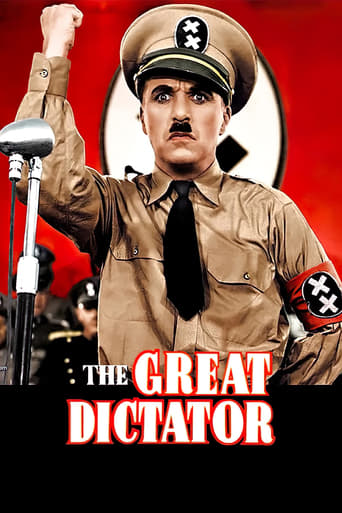The Charge of the Light Brigade (1968)
During the Crimean War between Britain and Russia in the 1850s, a British cavalry division, led by the overbearing Lord Cardigan, engages in an infamously reckless strategic debacle against a Russian artillery battery.
Watch Trailer
Cast


Similar titles
Reviews
THE CHARGE OF THE LIGHT BRIGADE is a wannabe 1968 epic about the Battle of Balaclava and the infamous charge of the British light cavalry which ended in disaster. This lengthy film attempts to show the context for the debacle and the events which led to it, and it really turns out that it was all down to miscommunication and the general incompetence of a handful of men.The film was directed by kitchen sink stalwart Tony Richardson with a kind of weary realism that makes it rather tedious to watch in places. The attention to detail and costume is strong, but the battle scenes ill realised and not very convincing, particularly at the disappointing climax which is merely adequate. The film does contain a handful of fine performances that alone make it worth a watch. David Hemmings is fine as the idealistic captain and Trevor Howard constantly astonishing as his pig-headed nemesis. John Gielgud makes a fine turn as the doddery aristocrat and Harry Andrews typically shines as his aide. The rest of the cast is a mixed bag with some characters, like that of Vanessa Redgrave, feeling extraneous to the main story.
Incredibly slow, even for a 1960's film. For about the first half we sit through a half-hearted "affair" between Captain Nolan and a fellow-officer's wife (I cannot even remember her name, played by Redgrave). Was this historical or were they just desperate to spin things out? It involves them doing things like staring at a river from a bridge, and we watch Nolan playing a game of Solitaire. We also have to watch a sort of documentary on how a cavalry trooper is trained, starting right from being recruited in the street. It's poorly done and painful.The black bottle row between Cardigan and a junior officer at dinner in the mess is historical but that officer was not Nolan. It would have been incredible for Nolan to have remained in the regiment after a row such as the film depicted.The frequent changes into animated Victorian style political cartoons are plain ridiculous. For a moment I though I was watching Monty Python, with it's terry Gilliam animations, but without the humour. They should have been kept to the opening titles.Even the superb acting by Trevor Howard could not save this film.
A bloody war, the reasons for which seem almost to have been made up after the decision to wage it. There were lies, rumors, and bickering at the top. The Russians might come south and take Turkey, which would threaten the British passage to India somehow. No one seems to have been very clear about the causes. Perhaps it had to do more with national honor during the Victorian period. (This is 1859.) Maybe it had something to do with promotion in the officer corps, with combat experience playing a part. The populace was stirred up by the media and generally seems to have been enthusiastic about the prospect of great battles and great victories. Such a calamity could never happen today.Every movie about war reflects the period in which it was made, and it's interesting to compare this film, made in 1968, with the 1936 version starring Errol Flynn and directed by Michael Curtiz. The earlier film is much more exciting and far less ambiguous. We are good and they are evil. And the evil ones aren't the Russians (who are hardly mentioned) but some fictional tribe of Islamic terrorists. In the 1930s, the Russians had not yet become our enemies and were about to become our Allies.In 1968, the movie was a comment on the widespread anti-war sentiment that was generated by a war in Vietnam whose means and objectives no one seemed able to clarify. Was it really all about "body counts"? Were we really trying to kill more "communists" than they were able to kill our own troops? The controversy continues.The apparently sensible hero of this tale is Nolan, played by David Hemmings, recently arrived from India, where he has known battle, and held in contempt by many of his fellow officers because the Indian Army is a caste subordinate to the British Army.At the top, among the generals and Lords who are running this business, there is rivalry, bitterness, an adherence to ritual, and sloth in making decisions. The three cretins are Lords Lucan, Raglan, and Cardigan. (Two of them are sweaters, aren't they?) The Light Brigade, headed by Cardigan, Trevor Howard, is either given the wrong order or misinterprets the order as received. In any case, he leads the charge up the wrong valley. The causes of this disastrous error are never made explicit. And in fact there is so much confusion that I, at least, was often unaware of who was where and what they were doing.I don't know how closely the film follows the historical record. The story includes a correspondent but it might well have given a small role to George McLellan, an American observer, who later led Lincoln's Army of the Potomac to one defeat after another. Nor do we meet Florence Nightingale on her first trip to a battlefield.Somebody like Nightingale was needed too. Medical practices were appalling. Men died left and right of 19th-century infectious diseases like cholera. The germ theory of disease was not even a theory yet, so surgeons wouldn't wash their bloody hands between amputations.The impression we get is that this is pretty realistic. In most such films, for instance, the horses are taken for granted. Here, without any sentiment whatever, we realize the importance of their care and training.There is little in the way of preaching. Nolan has a couple of pithy apothegms but no speeches about the futility of war. If a war is to be fought, it should be fought by professionals to the death. Lord Raglan, John Gielgud, describes the still unstained battlefield as "pretty" for a visiting lady who happens to be the main squeeze of Lord Cardigan, Trevor Howard. There is a ludicrous scene in which, before having sex, they undo each others' corsets.Humor isn't entirely absent, as far as that goes. Cardigan and Lucan muttering curses at each other under their breath. And Raglan complaining that the statue of the Duke of Wellington that has been temporarily placed outside his office window is blocking the light at his desk. People speak to him of urgent matters but he stands at the window, preoccupied with the presence of that damned heroic statue of the Duke. Howard is a stereotypical blustering, red-faced British officer with mutton-chop whiskers. All the officers appear to shout at the top of their lungs, like DIs at Parris Island. A few ridiculous animated sequences, a la Monty Python, illustrate collective experiences and actually contribute to our understanding of what's up, rather than being a distraction.Violence in its political forms of warfare and terrorism seem so hard-wired into human nature that I fear the solution lies not so much in some vague willful desire for peace but in biology itself. The people who will finally wean us of the desire to kill each other will be not preachers but neurosurgeons.
I watched the 1968 version of The Charge of the Light Brigade as part of my ongoing World War I film fest. Obviously the film takes place earlier than WWI, but I watched it because in real life, a lot of the things happening in the British and French military during the Victorian period led to those armies' composition and methods of warfare as they stood in 1914.For example, the British army in particular was a small, "professional" army made up mostly of men who made their careers as soldiers, with officers commanding them who usually bought their appointments with money or gained them through their titles. That was the way things stood until Lord Kitchener came along in 1914 and made everyone realize that Britain was going to need a LOT more soldiers to fight WWI, leading to the idea of a much larger, temporary, volunteer army of men from all walks of life. This was a very radical change of mindset at the time.Anyway, the movie is interesting. Unlike other reviewers here, I do find it dated, especially the love triangle -- Vanessa Redgrave's hair, makeup, dress and even acting reflect the Sixties (that is, 1960s!) to me more than Victorian times. It certainly has amazing battle scenes. All those horses being knocked around was tough to watch. John Gielgud's performance as the utterly selfish, narcissistic and clueless Lord Raglan is maddening, David Hemmings is all noble and hawt as the foolishly heroic Captain Nolan, and Redgrave overacts a bit as The Girl.As satire, the movie is extremely uneven. There are some really great subtle scenes obviously meant to point out that War Is Hell. The climactic Charge itself is heartbreaking and painful to watch. Then there are scenes that shove the emotional concept in your face: LOOK AT ALL THOSE DEAD BODIES! SEE HOW THE OFFICERS ARE WAY UP ON THE HILL OUT OF DANGER! WAR IS A REALLY BAD THING AND UNFAIR, TOO!!! There are also a handful of very broad comedy scenes that verge on slapstick. And interspersed with the live-action scenes are several animated sequences that I'm still just not quite sure of. They are beautifully, powerfully animated, and they have a satirical edge that is very funny and effective. But I still can't decide whether I thought the animation was too heavy-handed. I think if the live-action parts of the film had been consistently broadly satirical as well I would have approved fully, but because the tone was uneven, the animation didn't always fit in.Overall, in spite of a few flaws, this is an enjoyable movie. It is worth watching for the battle scenes and John Gielgud's performance even if nothing else.

